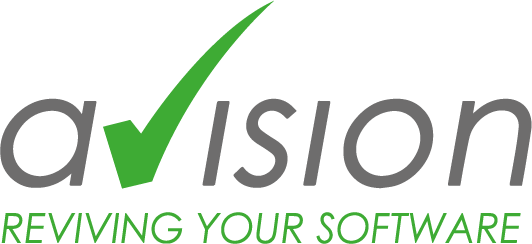Companies should continuously maintain and update legacy software. Otherwise, there could be a trick or treat – and not just on Halloween.
Many companies neglect their legacy software. It’s there anyway and has been doing its job faithfully and reliably for many years. What’s there to worry about, it’s working, right? But beware, warns Avision, this can have bitter consequences. It’s not just Halloween that’s in trouble:
Know-how spook
With legacy software, there is often just one person in the company who is still familiar with it. But everyone gets sick, goes on vacation and retires at some point. If a serious problem then arises or the software urgently needs new functions due to legal changes, horror spreads. There is no one left to take over.
Component massacre
Oh dear! The crucial framework of the software is no longer supported by the manufacturer and there will be no new version. All right, let’s just replace it. We don’t need more detailed specifications for this. Result: Because nobody thinks about the effects of this change, the entire software no longer works properly.
Hardware horror
The hardware on which the application runs is now really old. So old that you can’t even find spare parts for it on eBay under “classic computers”. It’s only a matter of time before the hardware breaks down and takes the software with it. So, it is quickly replaced. Unfortunately, it turns out that the operating system used by the old hardware no longer exists.
Scary discussions
With legacy software, it’s enough to just do the bare minimum. We’d rather invest our money in fancy new technologies. This attitude leads to lengthy discussions even about necessary changes. This can get so out of hand that the discussions consume more time and resources than the changes themselves.
Certificate cemetery
Many companies do not document the expiry dates of certificates. They only find out that a certificate is about to expire when the legacy software begins to falter because it can no longer access a service. That’s when things start to get hectic – and if the legacy application is a business-critical application, perhaps even panic.
“If companies don’t want to experience any nasty surprises, they should continuously maintain and update their legacy applications,” explains Nadine Riederer, CEO at Avision. “This also means distributing the know-how for this internally among several people and, if this is not possible, involving IT service providers. Otherwise, they run the risk of going sour.”
This press release can also be found at www.pr-com.de/de/avision
Press contact
Avision GmbH
Christina Karl
Marketing
Bajuwarenring 14
D-82041 Oberhaching
Tel. +49-89-623037-967
christina.karl@avision-it.de
PR-COM GmbH
Melissa Gemmrich
Sendlinger-Tor-Platz 6
D-80336 München
Tel. +49-89-59997-759
melissa.gemmrich@pr-com.de



